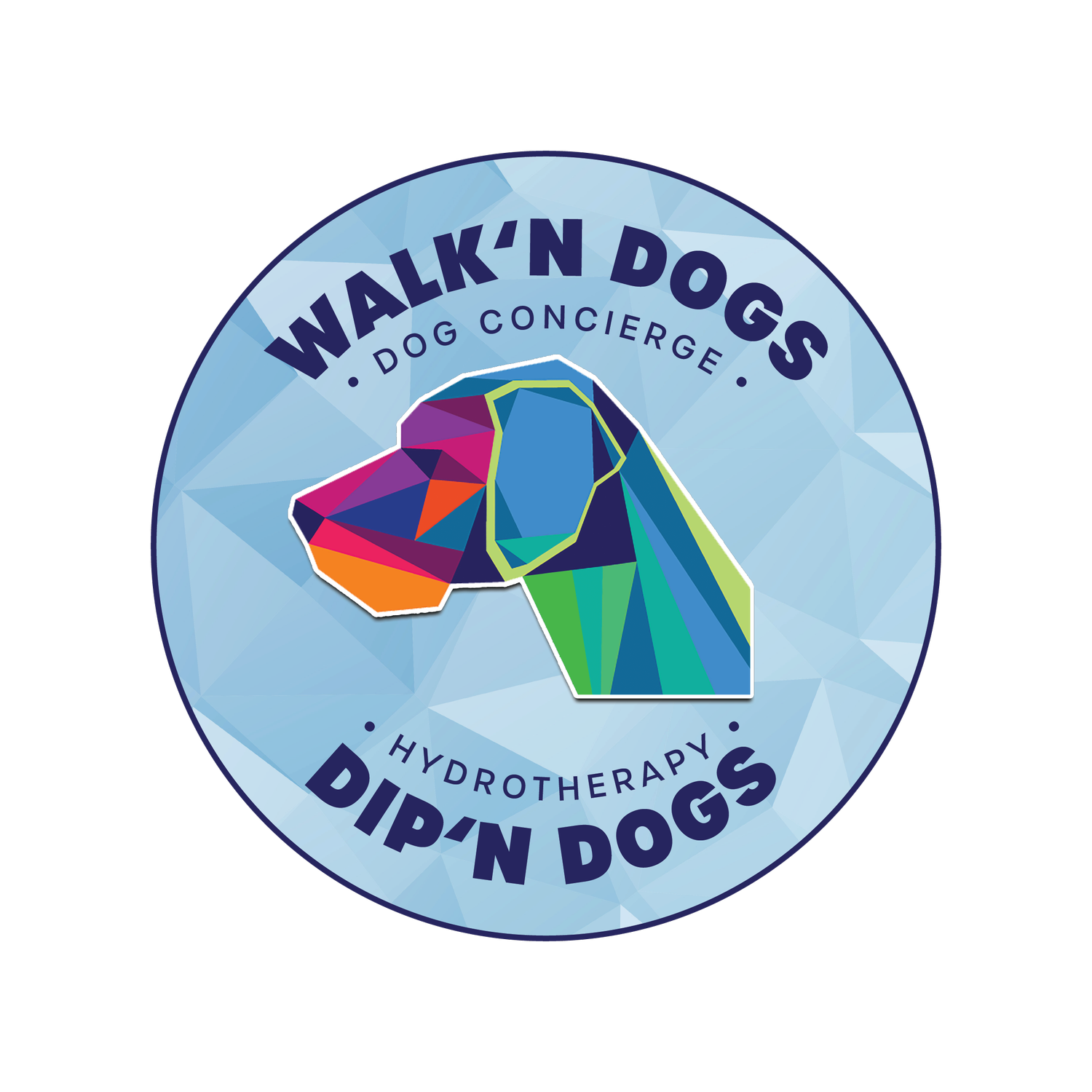The Power of Prevention for Orthopedic Injuries in Dogs
Human and animal athletes have more in common than you might think, including a wide variety of orthopedic injuries and problems. In both human and veterinary medicine, we are learning more and more about preventing this kind of trouble. There are also several new and effective options for treating orthopedic injuries in pets.
Pounds of Prevention
Bones and joints are the framework that carry the body. It only makes sense that adding additional weight, and therefore the burden to that framework might predispose the body to orthopedic problems.
In fact, helping your pet to maintain an ideal weight is one of the most powerful things you can do to prevent an orthopedic injury. Weight management is crucial to your pet’s overall health, whether he or she is a couch potato or agility champion.
Strategies to Avoid Injuries
Injuries happen, no matter how prepared we are, but sometimes preventative strategies can be helpful in lessening the impact, if not preventing them altogether. There is speculation that orthopedic injuries in pets could be reduced by up to 25% if preventative measures were taken. These include:
Conditioning and strengthening
Pets, especially those who are athletes, should work with a rehabilitation therapist to improve endurance and soft tissue strength that prepares the body for athletic demands.
Warm-ups
If your pet will be engaging in athletic activities of any kind, science suggests that warming up can help prepare the body and its tissues. Five to ten minutes of walking and trotting is extremely beneficial prior to more rigorous activity.
Cool-downs
Bringing the heart and respiratory rates down slowly, by decreasing activity level over a few minutes, is important. This is the time where passive range of motion exercises are beneficial.
Stretching
Static stretches where a position is held for a time are much less valuable than active stretching (tugging, reaching for a treat, etc.) in which the pet is engaged and sets his or her own limits.
Smart Exercise
Hydrotherapy and fitness swimming are the safest and have the lowest impact of injury while being able to exercise your dogs full system-mind and body. Unlike running, swimming bears no weight to your dog's joints, bones and ligaments-therefore making it highly recommended by Vet's and Canine physical therapists globally.
Wellness Exams
Routine wellness examinations are important to identify early-onset signs of orthopedic problems. Talk with your veterinarian right away if you see any changes in your pets movements, behaviors or eating habits.
Options for Treatment
If an orthopedic injury does occur, long gone are the days where rest and anti-inflammatories were the only options. Depending on the nature and extent of the injury, we may recommend:
Surgery
Nutraceuticals
Acupuncture
Therapeutic laser
Massage
Therapeutic ultrasound
Therapeutic exercise
Hydrotherapy
Neuromuscular electrical stimulation
Traditional medicine, when combined with alternative medicine and rehabilitative techniques, can yield some pretty impressive results.
Orthopedic injuries in pets are unfortunately a common occurrence, but together we can work to prevent many of them. When they do occur, you can rest assured that Dip’n Dogs Hydrotherapy can help treat and use hydrotherapy to heal, rehabilitate and recover from most any orthopedic conditions.
About Dip’ n Dogs Hydrotherapy – Orlando, FL
At Dip’n Dogs Hydrotherapy, we are certified and caring professionals devoted to restoring and enhancing the health and happiness of your beloved pup. Encompassing a pool, as well as a certified hydrotherapist, this can provide effective and long lasting results for your pet’s injury or illness.

